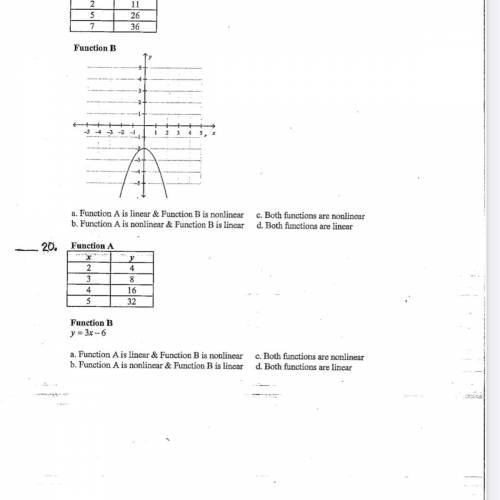
Chemistry, 29.01.2021 06:50, emmanuelcampbel
What amount of ammonia, NH3(g), can be produced from 15 mol of hydrogen reacting with excess nitrogen?
3 H2(g) + N2(g) → 2NH3 (g)
Select one:
a. 30 mol
b. 20 mol
c. 10 mol
d. 15 mol
Please answer will give 5 stars

Answers: 3
Other questions on the subject: Chemistry

Chemistry, 22.06.2019 10:00, Cythina2007
The reactions shown here can be combined to make the overall reaction c(s) + h2o(g) ⇌ co(g) + h2(g) by reversing some and/or dividing all the coefficients by a number. a. c(s) + o2(g) → co2(g) k=1.363×10^69 b. 2 h2(g) + o2(g) → 2 h2o(g) k=1.389×10^80 c. 2co(g) + o2 (g) → 2 co2(g) k=1.477×10^90
Answers: 1

Chemistry, 22.06.2019 15:00, NatalieKnows
Areaction is first order with respect to reactant x and second order with respect to reactant y. which statement describes the rate law for this reaction?
Answers: 1

Chemistry, 22.06.2019 15:00, levelebeasley1
Which theory was contradicted by experiments with the photoelectric effect? light spreads out after it passes through a small opening. as soon as light strikes metal, electrons will be ejected. visible light, regardless of color, will cause the ejection of electrons when striking metal. the kinetic energy of ejected electrons depends on the frequency of light that strikes the metal.
Answers: 2
Do you know the correct answer?
What amount of ammonia, NH3(g), can be produced from 15 mol of hydrogen reacting with excess nitroge...
Questions in other subjects:

Mathematics, 29.03.2020 17:12



Mathematics, 29.03.2020 17:13

Mathematics, 29.03.2020 17:13


Advanced Placement (AP), 29.03.2020 17:15

English, 29.03.2020 17:15

History, 29.03.2020 17:17







